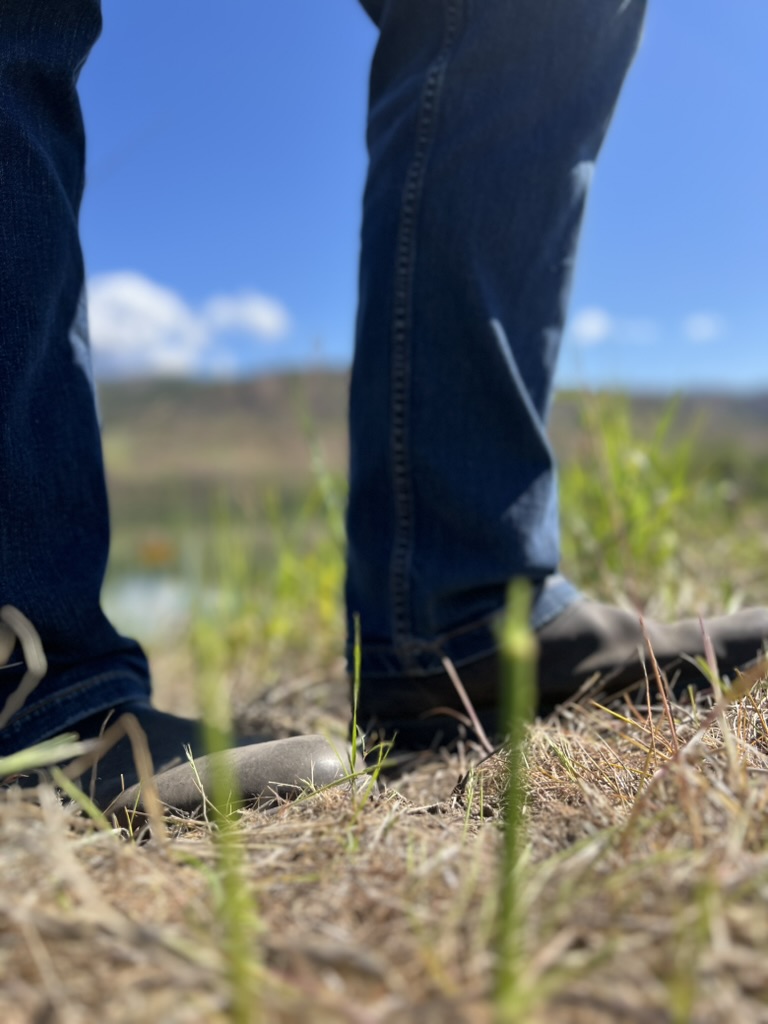Why blame won’t heal our planet, but regenerative farming might. A farmer’s view on bridging agriculture’s divide with compassion and practical hope.
by Chad Steiner
When we throw stones at each other, nobody builds a bridge.
Introduction
Sometimes I wonder—are we saying too much? Or maybe not enough. When we talk about regenerative farming—carbon, compost, soil health—is it landing? Or is it just another buzzword on a blog?
But this isn’t abstract to us. It’s Friday morning. I’m on the tractor, backing up to hook the sprayer onto the three-point hitch. The irony doesn’t escape me—I used to sell conventional pesticides across the globe. Now I’m explaining to our youngest why we’re spraying more, not less, because the organic stuff breaks down faster. “But it’s still a spray, Dad,” he says. And he’s right. There’s no perfect solution. Just better ones.
Why We Need All the Tools
Regenerative farming isn’t just a trend—it’s a return. Nature’s been doing this far longer than we have. But to scale it, we need tools—old ones, new ones, and a mindset shift. I know Big Ag. I’ve worked in it. And let me tell you: there are good people in that world, people who care deeply about the land. They’re investing in better options, even if the path is slow. This isn’t about taking sides. It’s about building something better, together.
The Misconception About “Organic = No Spray”
People ask all the time, “So now that you’re organic, you don’t spray, right?” Nope. That’s not how it works. In fact, we often spray more. Organic products are gentler—but that means they don’t last as long. For example, organic fungicides typically provide about five days of protection, compared to the 21 days conventional products can offer. It’s not less work. It’s different work. And for us, it’s worth it.
The Regenerative Shift: Lessons from the Soil
We’re still early in this journey. Our soil isn’t perfect. But something is shifting. Lately, we’re seeing more beneficial insects in the orchard, more movement in the vineyard canopy. It feels like life is returning. Not because of a silver bullet, but because we’re trying—through grazing, cover crops, restraint. We’re not there yet, but we’re heading somewhere hopeful.
Story Moment: Real Talk About Organic Spray
Last week in the tasting room, a couple asked, “Doesn’t organic mean chemical-free?” I paused, then told them the truth: actually, we spray more. Their eyes widened. I explained how organic products don’t stick around as long, especially when it comes to protecting against mildew or mold. “So it’s not easier?” they asked. “Not at all,” I said. “But it might be better.” They nodded. We poured them a taste of our Naked Chardonnay. “Here’s to better,” they said.
It’s tempting to throw stones—at big farms, big companies, even at each other. But we’ve found that flowers go farther. They open doors. Start conversations. Regenerative farming isn’t about proving someone wrong. It’s about building a food system that feeds people and planet, one small choice at a time.
Want to see what regenerative looks like in real life? Come visit us at Chelan Valley Farms. Walk the rows, ask your questions, taste the difference. Let’s keep planting flowers—and pulling up stones.
Cheers,





Your blog is a true hidden gem on the internet. Your thoughtful analysis and engaging writing style set you apart from the crowd. Keep up the excellent work!
Thank you!!!